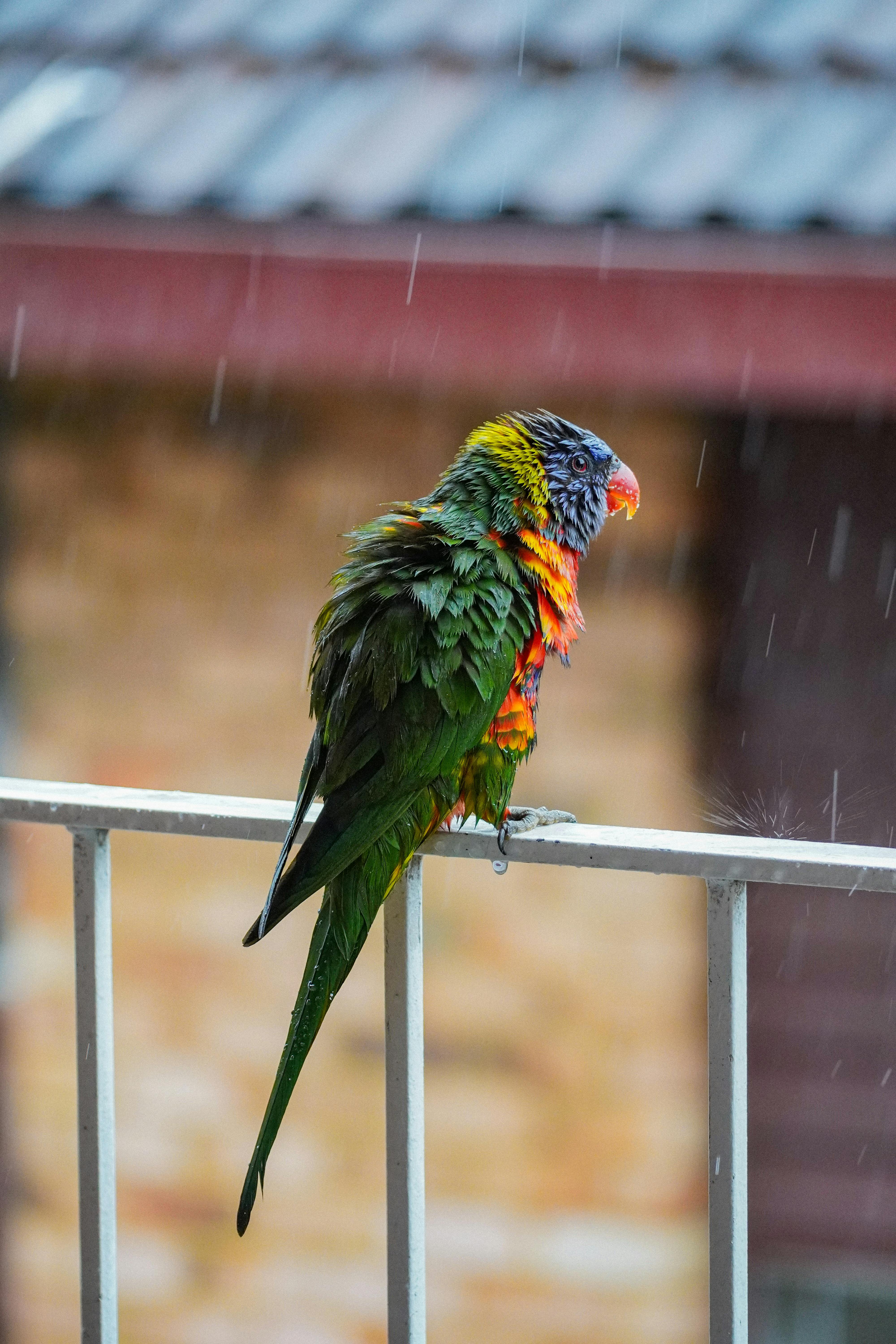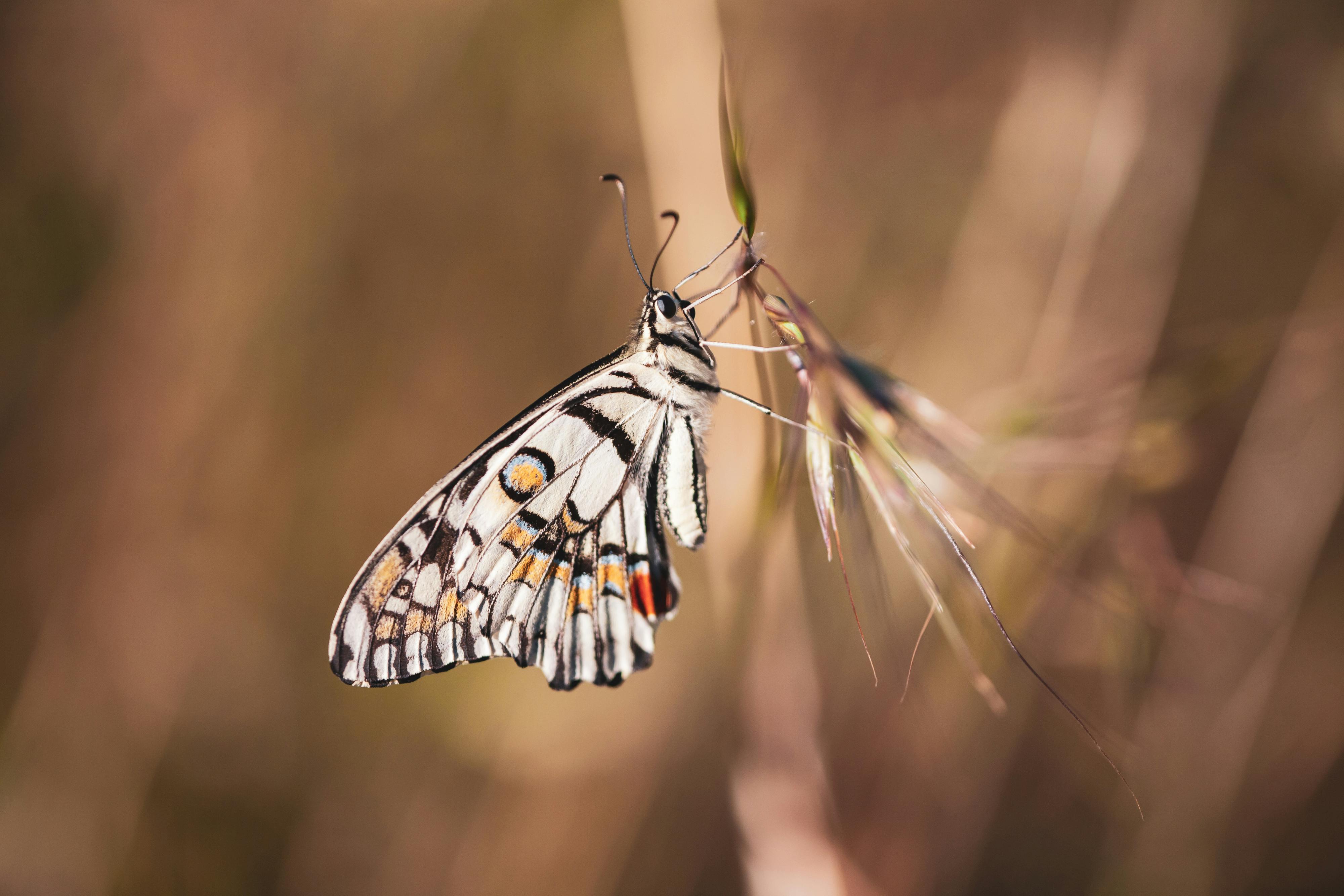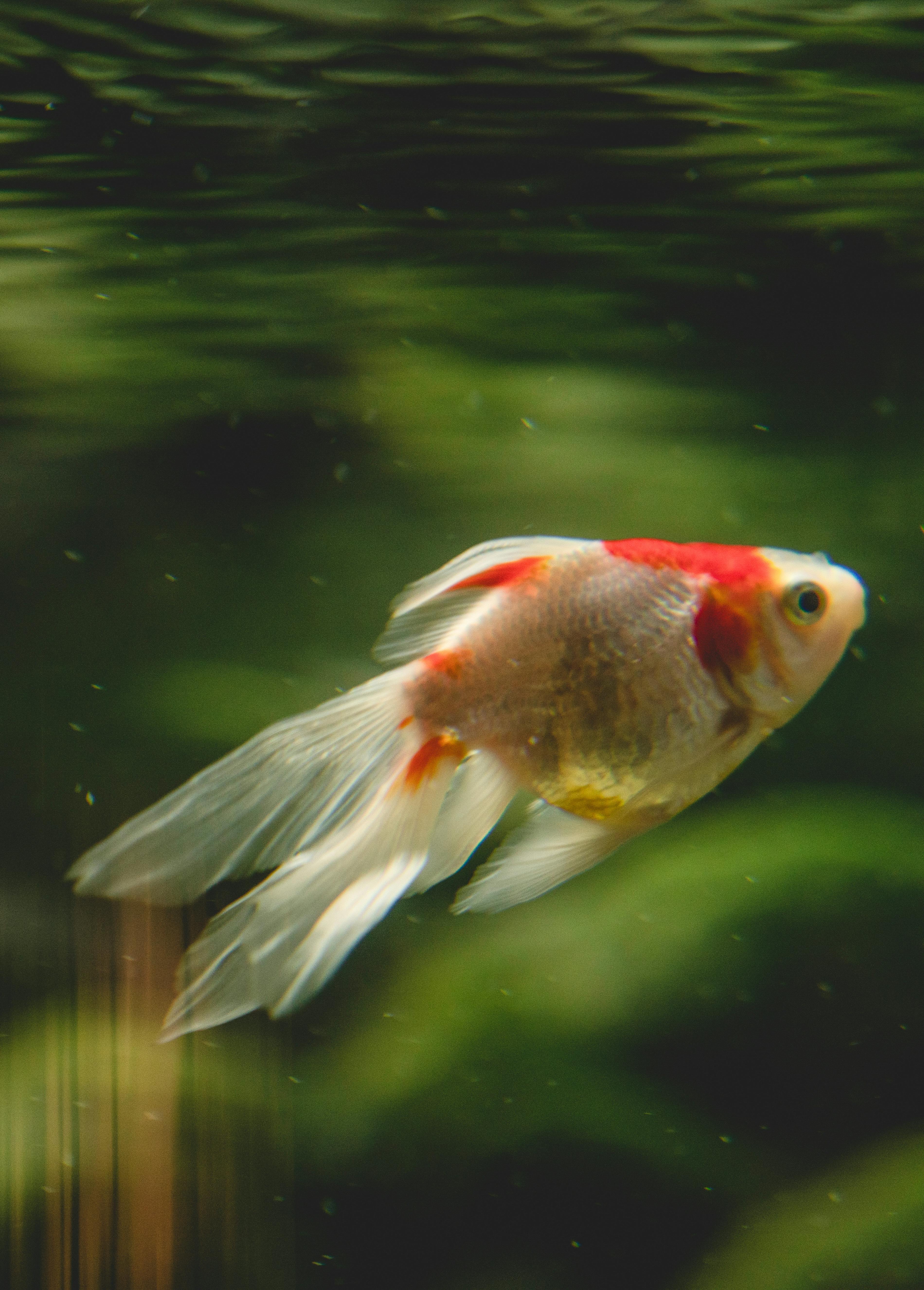Essential Guide to Rabbit Foot Fern Care in 2025: Tips to Thrive
The Rabbit Foot Fern, known for its unique, furry rhizomes and lush green foliage, has become a popular choice among indoor plant enthusiasts. As we embrace 2025, understanding how to properly care for this unique fern is essential for keeping it healthy and thriving in your home. Whether you are a seasoned plant parent or a beginner embarking on your green journey, knowing the key aspects of rabbit foot fern care will enhance your indoor garden.
This guide will provide an in-depth look at various elements essential for maintaining a thriving rabbit foot fern, including the right watering techniques, optimal lighting conditions, soil requirements, humidity considerations, and common pest problems. We will also delve into advanced care techniques like propagation methods and seasonal maintenance, ensuring you not only nurture your fern but help it flourish for years to come.
By the end of this guide, you will have a comprehensive understanding of how to care for your rabbit foot fern, optimizing its growth and aesthetic appeal in your living space. Let’s get started with the essential tips and tricks that will set you on the path to successful rabbit foot fern cultivation.
Key Aspects of Rabbit Foot Fern Care
Understanding Rabbit Foot Fern Light Requirements
When it comes to rabbit foot fern care, lighting is one of the most critical factors. These ferns thrive best in bright, indirect light. Direct sunlight can scorch their leaves, leading to discoloration and stress.
To create the ideal environment for rabbit foot fern, position your plant near a window where it can receive filtered sunlight. If natural light is limited, consider using grow lights for optimal results.
Signs of a well-cared-for rabbit foot fern include vibrant green leaves and healthy growth. Conversely, if the leaves are turning yellow or brown, it may indicate that the plant is not getting enough light, or is perhaps exposed to too much sun.
As seasons change, the light condition varies; thus, be prepared to adjust your fern’s location to maintain adequate lighting throughout the year.
Proper Watering Practices for Rabbit Foot Fern
Watering is another essential component in the care of rabbit foot ferns. These plants prefer consistently moist soil, but it is crucial to avoid overwatering, which can lead to root rot. On average, you should aim to water your rabbit foot fern once a week, depending on the environmental conditions.
Check the top inch of the soil; if it feels dry, it’s time to water. Ensure that the pot has adequate drainage to prevent water from accumulating at the bottom, allowing the roots to breathe properly.
In drier seasons, you might need to increase the frequency of watering. Additionally, it's beneficial to use distilled water or rainwater, as rabbit foot ferns can be sensitive to the chemicals found in tap water.

Optimal Soil Conditions for Rabbit Foot Fern
The soil type plays a significant role in healthy rabbit foot fern growth. A well-draining, potting mix is ideal, often enriched with organic matter. Look for a soil mix specifically designed for ferns or tropical plants, as they provide the right balance of moisture retention and aeration.
A blend of peat moss, perlite, and compost can provide the perfect foundation. This combination allows for adequate drainage while retaining moisture to meet the rabbit foot fern's needs.
As you pot your fern, consider using pots with drainage holes to further enhance soil health. Repotting every couple of years will help refresh the soil and provide sufficient space for your fern to grow.
Humidity and Temperature Needs for Rabbit Foot Fern
Maintaining Ideal Humidity Levels
Rabbit foot ferns are humidity-loving plants, thriving in environments with high moisture levels. Ideally, humidity levels should be maintained between 50-70%. During dry months or in air-conditioned spaces, consider using a humidifier near your fern to create an ideal microclimate.
Misting the leaves can also help boost humidity levels, but ensure that water does not sit in the leaf axils. This practice can prevent the onset of fungal diseases.
Another effective method is to place the pot on a shallow tray of water filled with pebbles. As the water evaporates, it creates a humid environment that the rabbit foot fern will love.
Temperature Requirements for Healthy Growth
Understanding the temperature preferences of rabbit foot ferns is crucial for their care. These ferns thrive in temperatures ranging from 65°F to 75°F (18°C to 24°C). They are sensitive to extreme temperatures and drafts, which can lead to stress and other issues.
In winter months, ensure your fern is kept away from cold windows or drafty areas. If you notice signs of stress, adjusting the environmental temperature can make a significant difference.
Using a plant thermometer can be beneficial in monitoring the temperature around your fern, helping you maintain optimal conditions for growth.

Fertilizing and Pruning Rabbit Foot Fern
Effective Fertilization Strategies
Fertilizing your rabbit foot fern is essential for promoting healthy growth and vibrant foliage. During the growing season, typically spring and summer, you should fertilize your fern every four to six weeks with a diluted liquid fertilizer designed for ferns.
A balanced, organic fertilizer will provide essential nutrients, supporting robust growth. Always ensure that the soil is moist before applying fertilizer to prevent root burn.
In the fall and winter, reduce or stop fertilizing altogether, as the fern’s growth will slow down during this period.
Pruning Techniques for Rabbit Foot Fern
Pruning is not only about maintaining the shape of your fern but also promoting its health. Regularly trimming dead or yellowing leaves helps prevent pest infestations and allows more energy to be directed towards new growth.
Use clean, sharp scissors to make clean cuts. Make sure to prune during the growing season to avoid shocking the plants.
By following these simple pruning techniques, you can optimize the growth rate and overall health of your rabbit foot fern.
Common Problems and Solutions for Rabbit Foot Fern
Identifying and Treating Pests
Pests can pose a significant threat to the health of your rabbit foot fern. Common pests include spider mites, aphids, and mealybugs. Regularly inspect your plants, especially the undersides of the leaves, for any signs of infestation.
If you notice pests, use a mild insecticidal soap or neem oil to treat infested areas. Be sure to act quickly to avoid spreading the infestation to other plants.
Preventing Diseases and Stress
Rabbit foot ferns can also suffer from various diseases, often related to environmental stressors like improper watering or humidity levels. Ensure your fern is in an environment conducive to its needs to mitigate these issues.
Watch for signs of stress such as leaf discoloration and drop, which may signal either overwatering or inadequate humidity. By maintaining ideal conditions, including regular checks on soil moisture and humidity, you can keep your rabbit foot fern healthy and vibrant.
Q&A on Rabbit Foot Fern Care
What is the best soil for a rabbit foot fern?
The ideal soil for a rabbit foot fern is a well-draining potting mix enriched with organic matter, such as peat and perlite.
How often should I water my rabbit foot fern?
Typically, watering once a week is sufficient, but be sure to check the top inch of the soil for dryness.
Can rabbit foot ferns grow outdoors?
Yes, rabbit foot ferns can grow outdoors in suitable climates with the right humidity and indirect light exposure.
What are the signs of a healthy rabbit foot fern?
A healthy rabbit foot fern will have vibrant green foliage, sturdy growth, and no signs of pests or disease.
How can I propagate my rabbit foot fern?
Propagation can be done through division during repotting. Separate the rhizomes carefully and plant them in individual pots.
```